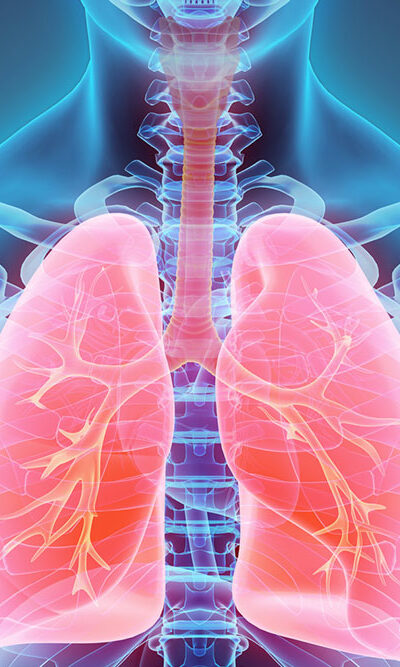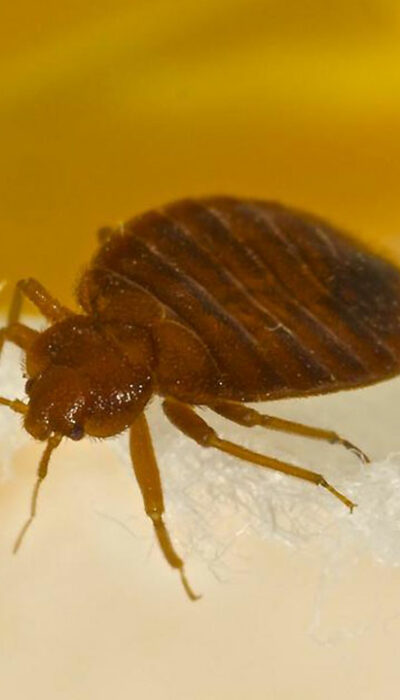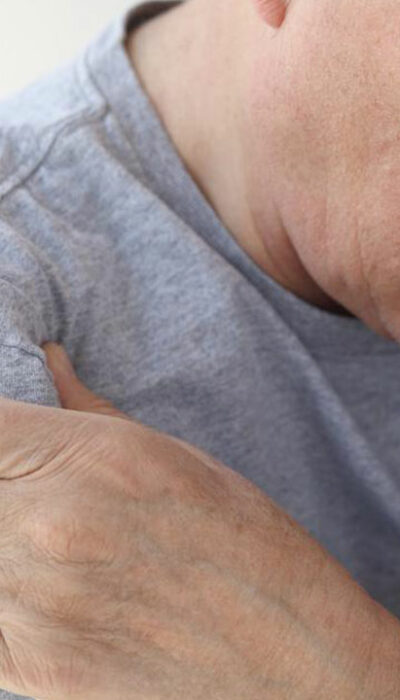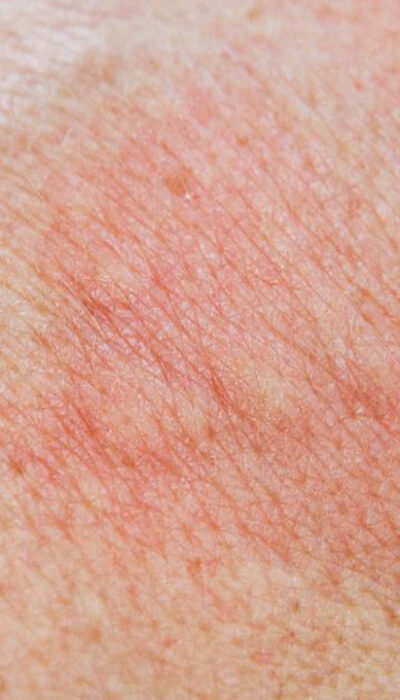
HIV infection – Early signs and foods to delay the progression
The human immunodeficiency virus (HIV) spreads through bodily fluids like blood and genital discharges. It attacks the immune system and can even lead to death on progressing into stage 3 HIV, commonly referred to as AIDS. Therefore, timely detection and management are crucial. Keeping this in mind, we have listed some of the early symptoms of an HIV infection and a few nutritious foods to eat to delay its progression. Early and uncommon signs of an HIV infection The first symptoms of HIV usually develop within two to four weeks after contracting the virus. The initial stage is also known as acute HIV infection and often includes symptoms like fever, headache, tiredness, sore throat, skin rash, mouth ulcers, swollen lymph glands, diarrhea, and muscle and joint pain. Some people in the initial stage experience symptoms linked to health conditions like esophageal candida, herpes zoster, and HIV wasting syndrome, which are usually seen later on. Some patients may also show non-HIV-associated gastrointestinal and central nervous system symptoms, such as gallbladder inflammation, severe gastric bleeding, kidney failure, brain inflammation, and meningitis. Remember that not everyone with the virus exhibits symptoms in the early days of an HIV infection. Foods to slow down HIV progression These foods can help improve overall health and delay the progression of an HIV infection: Kale This dark leafy green is among the most nutritious veggies. Kale is packed with compounds that boost immune health and keep inflammation levels in check, decreasing the risk of complications associated with HIV. Lean beef Lean protein is necessary to build muscles and bolster the immune system. An excellent source of high-quality protein is lean cuts of beef. Other good sources include fish, eggs, beans, and nuts. Brown rice Unlike white rice, brown rice is a whole grain full of fiber and B vitamins.










